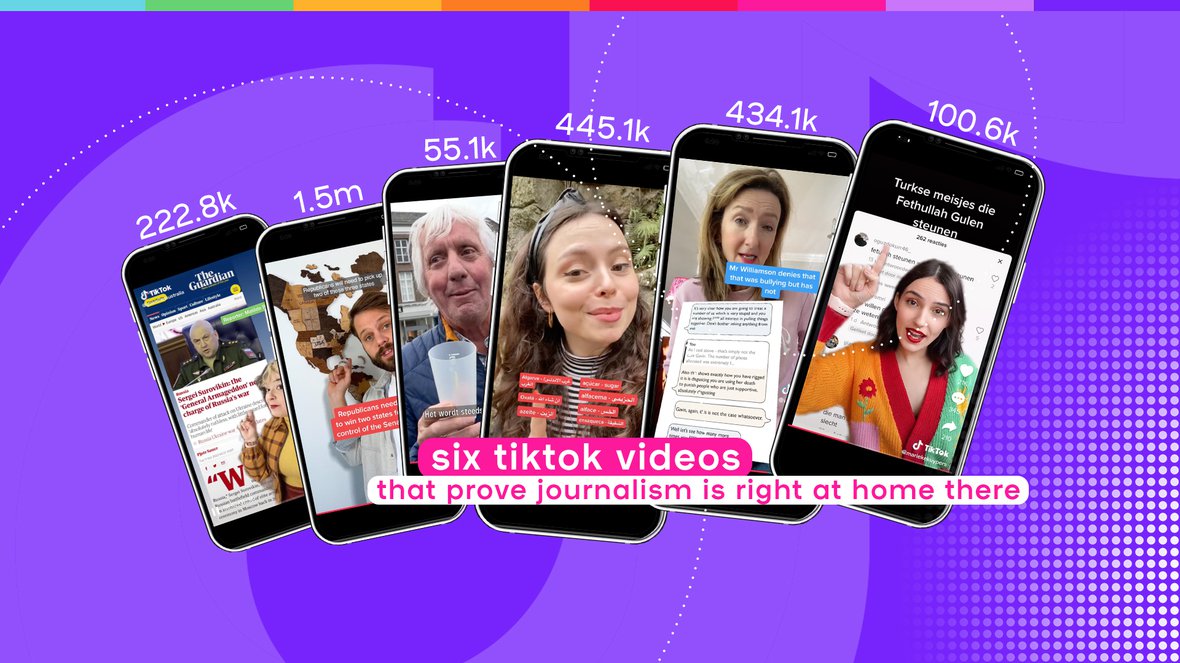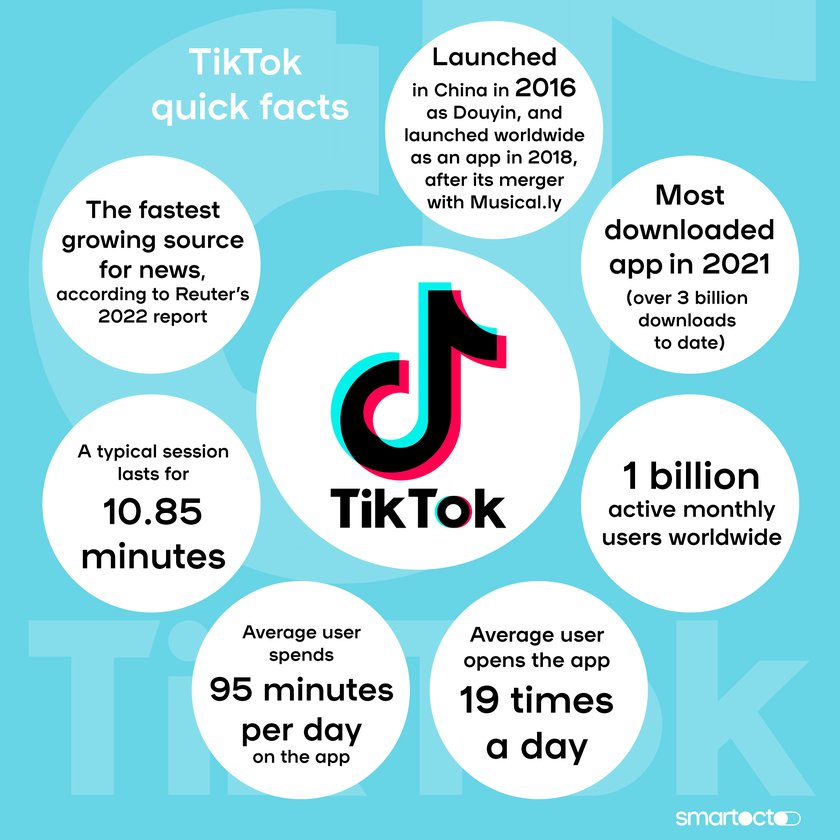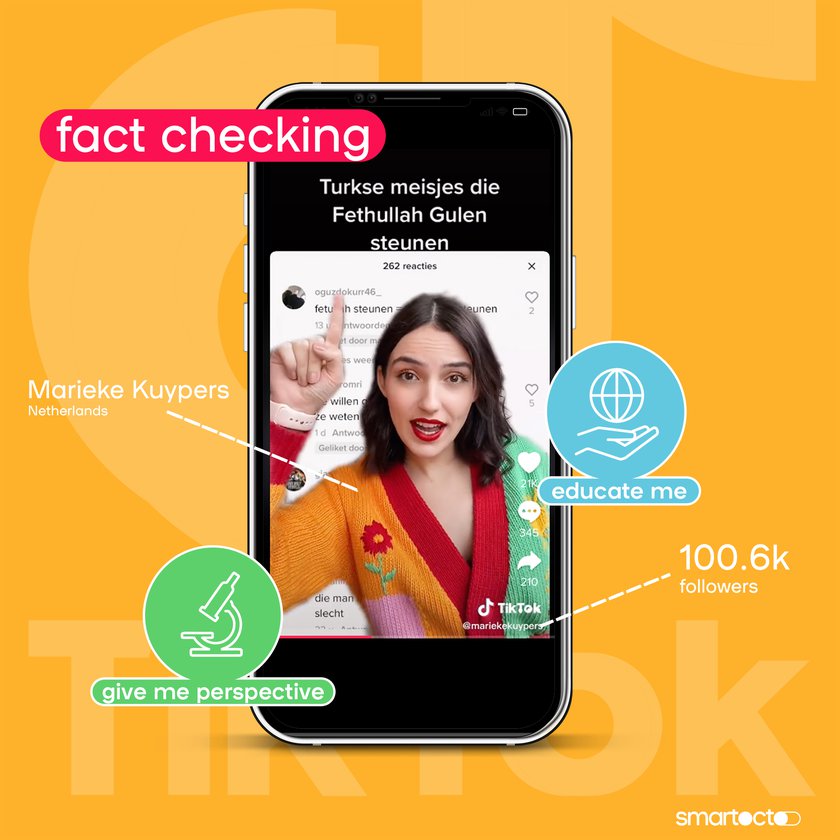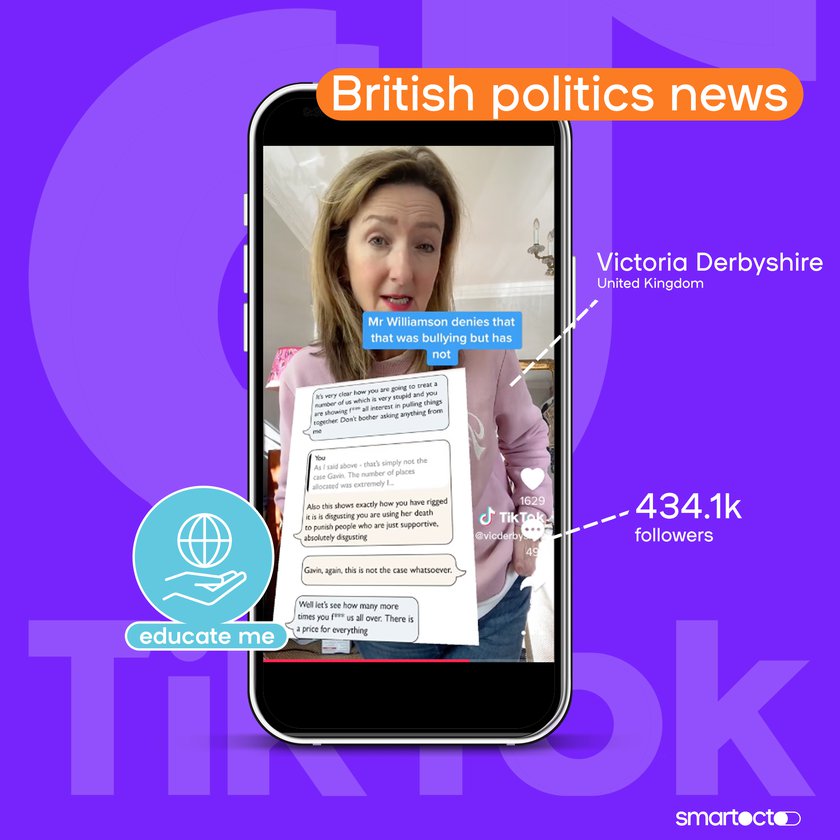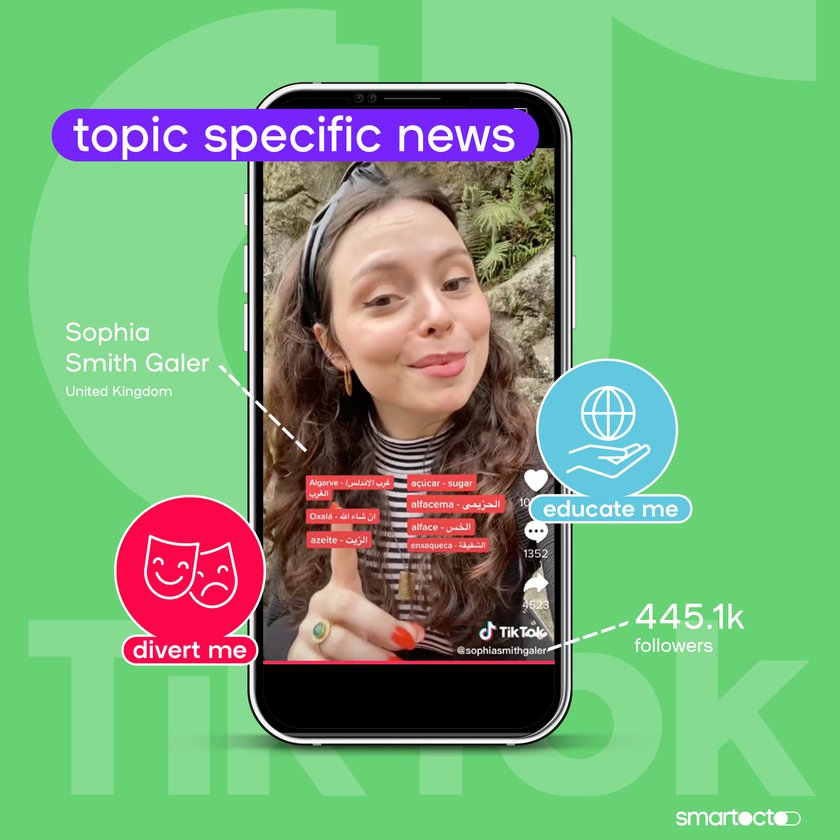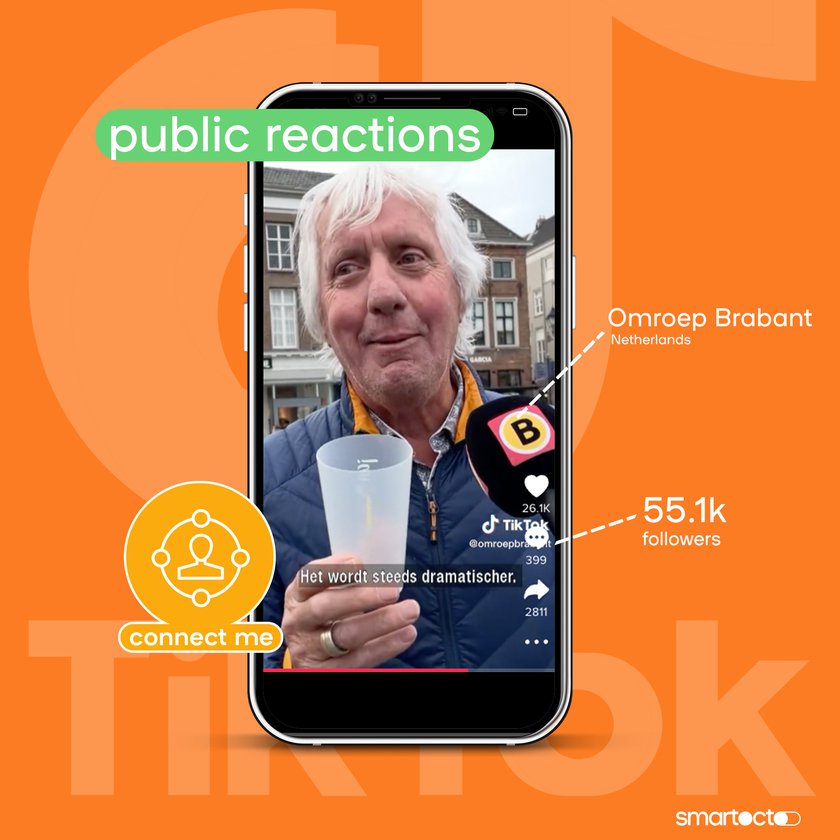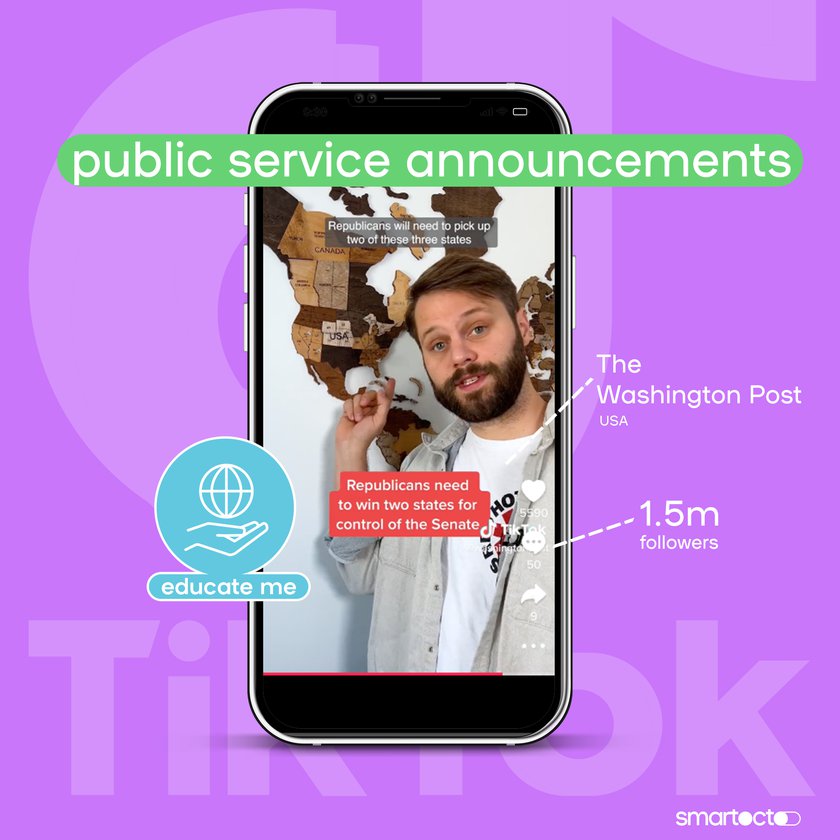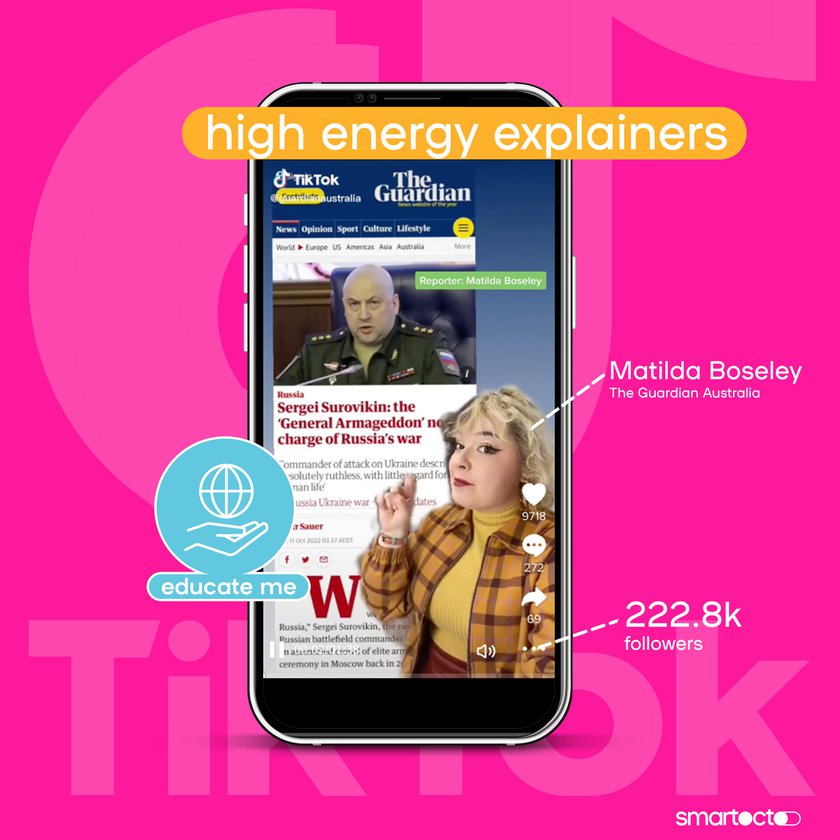TikTok may be a relative newcomer to the global media stage, but it’s nailed its addiction metrics. Journalism fits right in, as the next six examples show.
The format and platform are perfectly designed to capitalise on short attention spans and users’ seemingly insatiable appetite for more, more, more of whatever makes them smile, laugh, dance, or nod wryly.
For light entertainment and news-agnostic content it’s a no-brainer, but it’s increasingly becoming a tempting proposition for news media too. And it’s not just about creating entertaining - or, in our user needs for news speak, ‘divert me’ content. It helps users get the whole picture - just as long as journalists are properly aware of the parameters (and opportunities) it presents.
